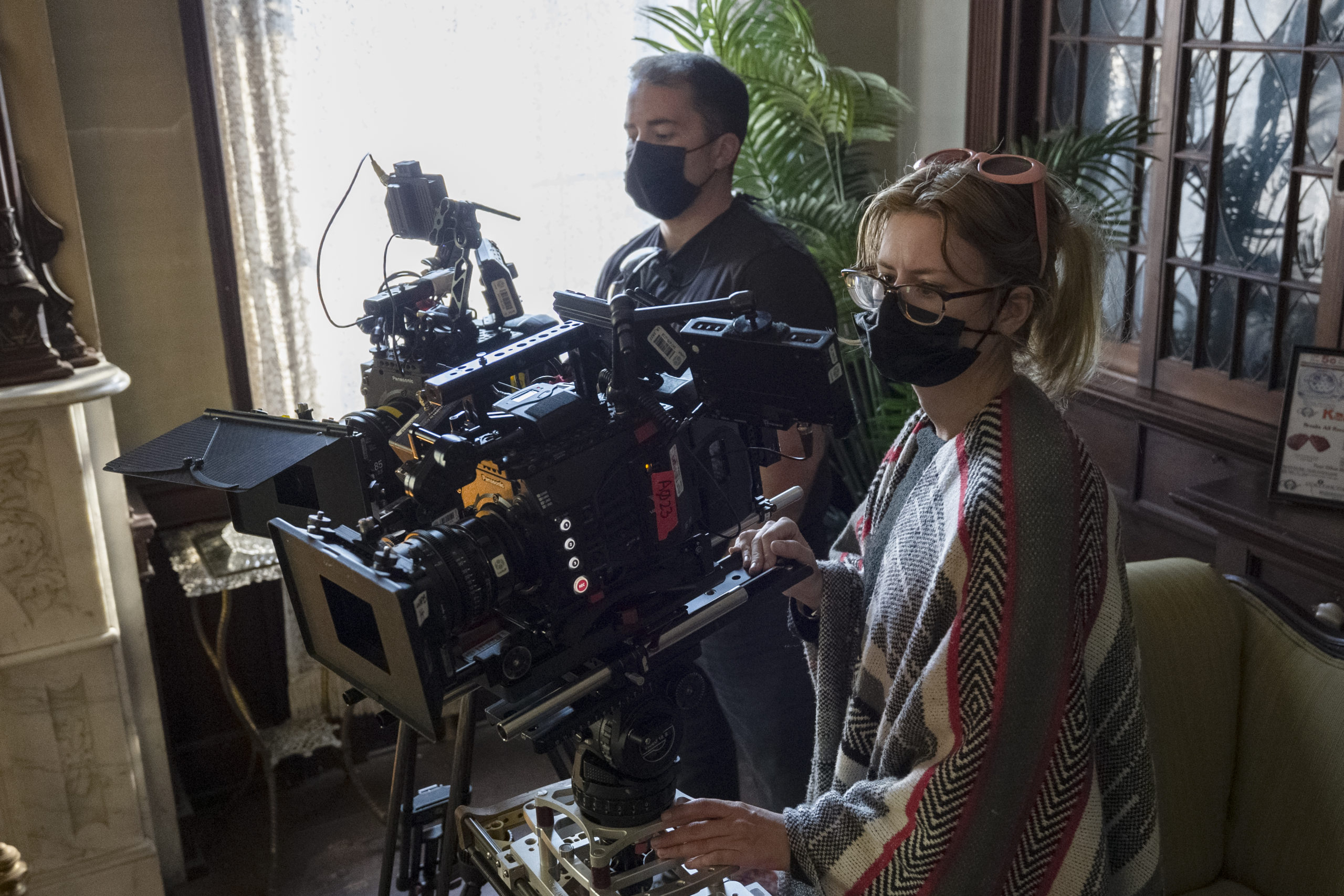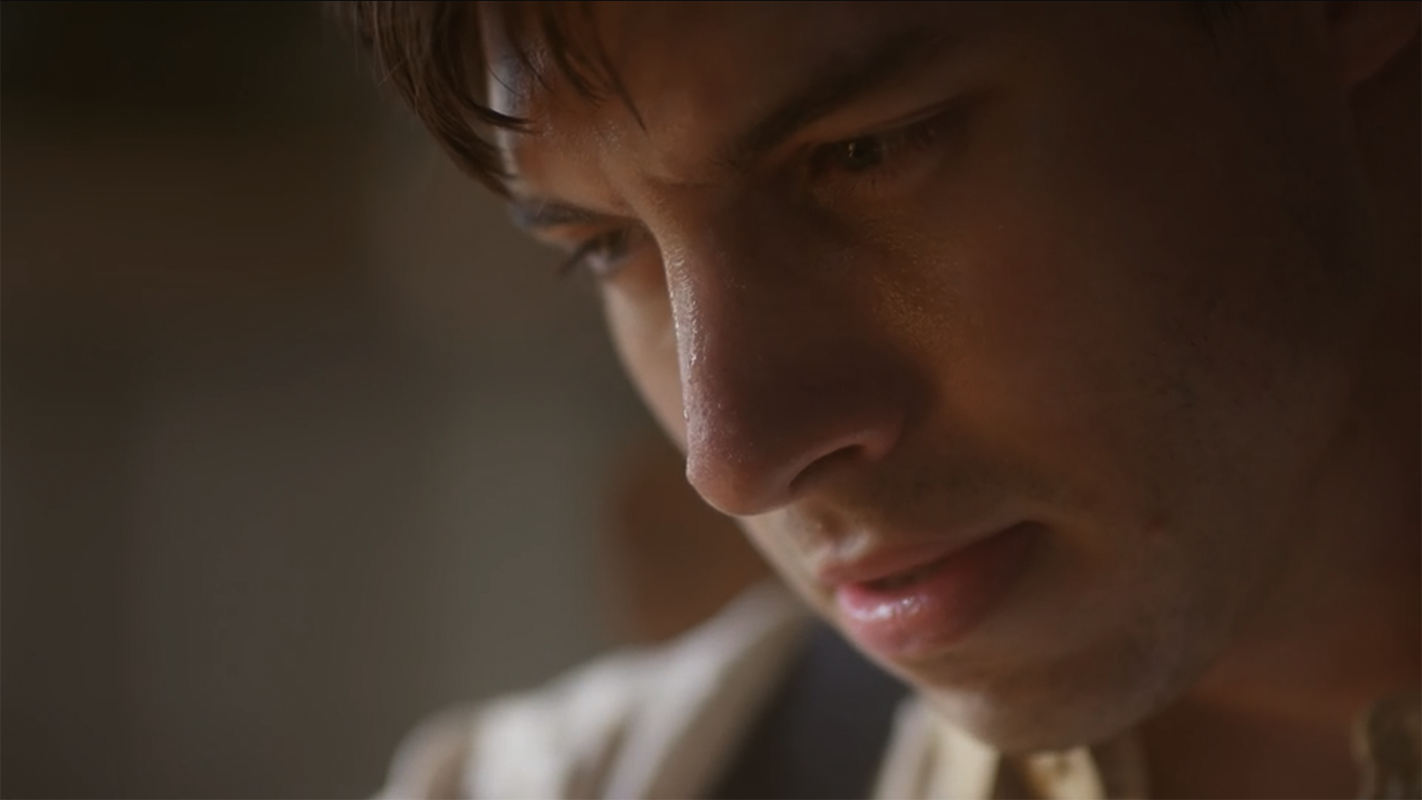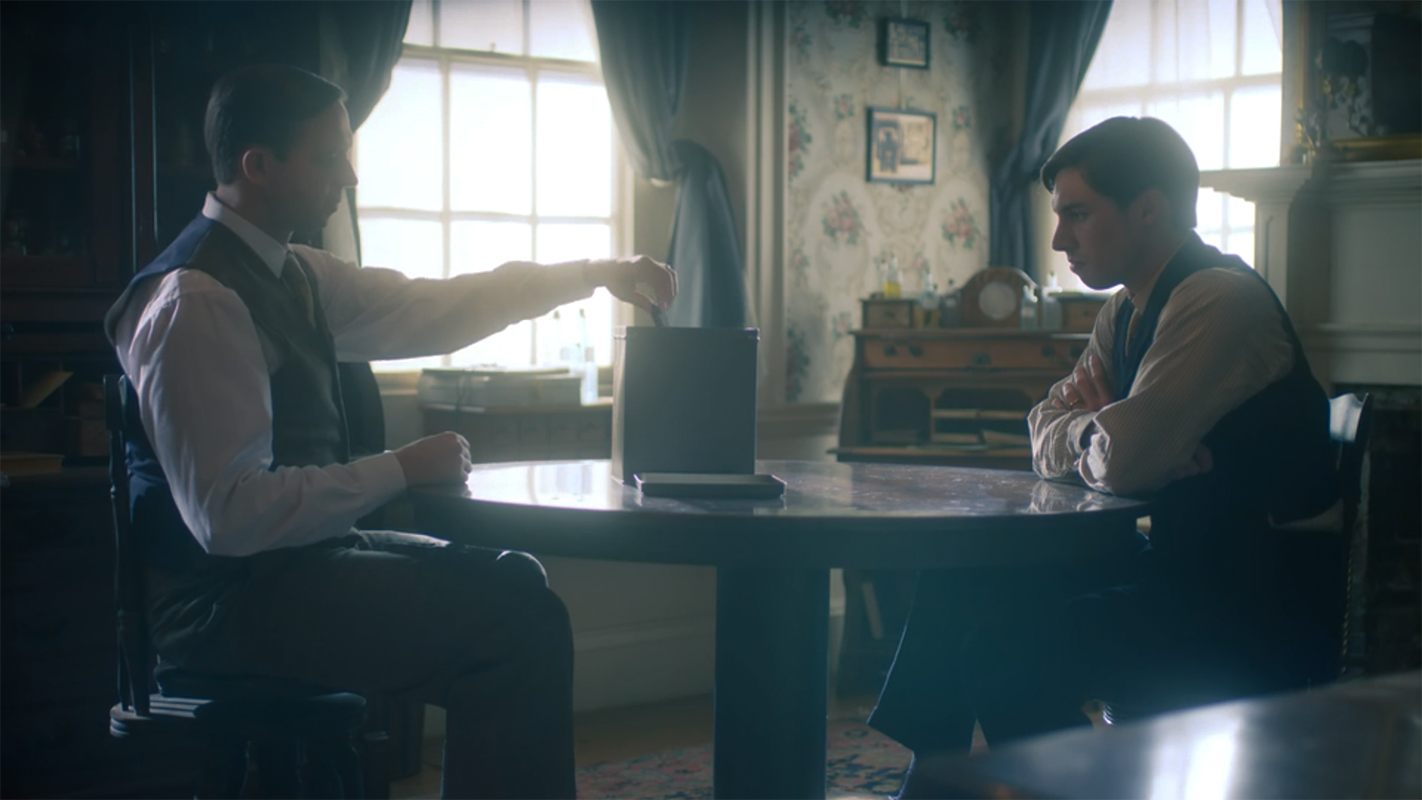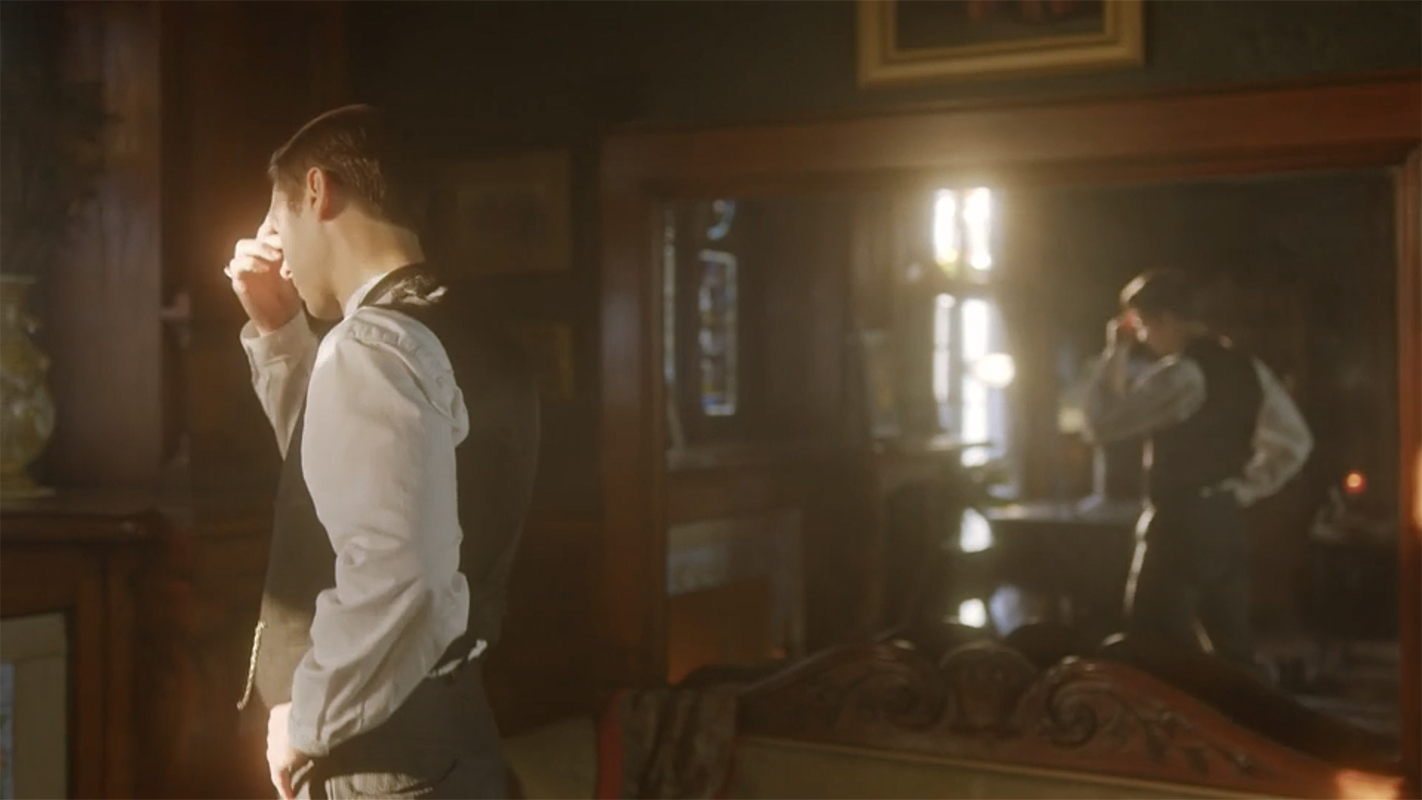This past July, when I heard the good news that the second season of History’s smash hit docu/recre series The Food That Built America (which earlier in the year had been pushed indefinitely due to the emerging pandemic) got the go ahead to resume production in the fall, I knew things were going to be different on set; in order to keep the cast and crew safe while shooting our fairly large show — about 100 crew and over 130 cast overall — we were going to have to make some pretty big changes to the way the show would be shot. That’s where the SIGMA Cine Classics were able to shoulder the burden.
The writers and producers did the bulk of the legwork on those changes while we were in pre-production, but then it fell into the camera department’s court to figure out how to best reflect any changes that would need to be made as far as gear and crew.
Atmosphere without Haze
One of the biggest visual challenges I faced was that atmosphere, perhaps the most essential tool in the period piece cinematographer’s bag of tricks, and a key component to the look of the show’s first season, might not be possible to use this go round: strict COVID protocols meant that in order to use haze, which creates hazardous air quality (we should probably already be wearing masks while using it), all crew in the room would have to upgrade from surgical masks to new KN95s whenever we had a new haze scene, we’d have to air out the room between takes, and we’d have to follow other safety requirements that would be hard to adhere to within our tight schedule.
So rather than limit our shooting time as a result of such a cumbersome procedure, I decided to approach this creative dilemma in a different way — optically. I knew about SIGMA’s recently-introduced Cine Classic Art Prime series, a limited-run variant on their Cine Primes, which feature a modified coating that decreases contrast, adds blooming highlights and flares, and creates other “feature, not bug” quirks in the image that I’d normally achieve with atmosphere. Though in short supply, I was able to get a set of Classics for the series, and was incredibly pleased with the results.
Creating Atmosphere Optically
This was my first time using the Cine Classics, and right from the start, I knew I’d made the right choice. The Cine Classics hold the same sharpness and look as the SIGMA Cine Primes, which is helpful for a show like The Food That Built America that wants to evoke a different time period while still engaging a modern audience; it has to feel old without looking old. That contemporary-feeling sharpness is something I wouldn’t have gotten if I’d relied solely on vintage primes to achieve my bloomy/hazy look, as vintage lenses are often grainier and soft, and because these are brand new lenses, with modern optical design, they were consistent in a way that older primes with “unique character” might not be.
We did have one vintage lens on set, a Cooke Varotal, used when we needed a zoom or to double up on focal lengths (we had a dual Varicam LT setup), but the majority of our scenes were shot entirely on the Cine Classics, and the two lenses cut together incredibly well. I also used a few different Tiffen warming filters (antique black pearlescent and water whites) to give the color palette an older feel.
Part of our COVID precautions this season entailed using as much of any given shooting location as we possibly could, to avoid having to sanitize and prepare too many new spaces, which is a tall order in a historic location where surfaces are often old and fragile — it’s not usually the floor that’s lava, but the walls and the furniture.
The directive to shoot out each location meant we ended up using a few rooms that were smaller than would typically be suitable for production, but since the Cine Classics share everything but the coating and T-stop with the regular Cine Primes (alas, the Classics are a little slower than the Cine Primes, the price of beauty), that meant I could get into some pretty tight corners, as even the 14mm Classic doesn’t create much of a fisheye or distorted perspective, in some cases you might say it looks shockingly normal. The lack of distortion allowed the 20mm to become one of our workhorse lenses even for tight interiors, and this squeeze wasn’t anywhere near the issue it could have been.
As an added bonus, the Cine Classics allowed us to get a hazy look even in some of our most sensitive locations, where we wouldn’t have been allowed to use haze regardless of pandemic protocol. Another unexpected perk was that the blooming of bright windows helped to smooth away blips caused by traffic on nearby streets we weren’t able to close.
All in all, I had an extremely positive experience using the SIGMA Cine Classics, and they allowed me to achieve the image I wanted despite unique creative challenges dictated by a strict COVID set. They’re certainly a unique look that might not work for every production, but I was thrilled with the results (and more importantly, so were the producers and the network) and I can’t wait for the next project that calls for them.
- Photos by Elle Schneider and Scott Varn
- B Camera Operator Alex Peterson
Read More:






